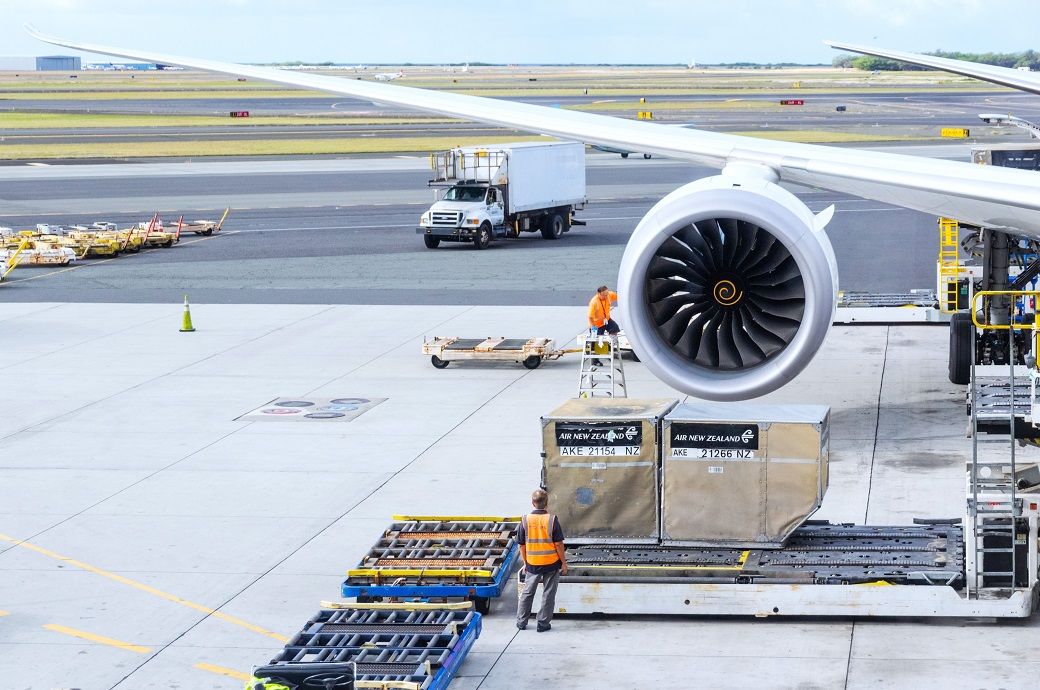
Midway through the month, the global air cargo market appeared to have dodged a perfect storm as the US-China 90-day tariff truce began on May 14 after the escalating retaliatory tariffs since April.
This welcome news came too late to reverse a softening in freight rates. The global air cargo spot rate fell by 4 per cent YoY in May to $2.44 per kg—the first such decline since April 2024. This could, in part, also be attributed to nearly 20 per cent YoY declines in jet fuel costs.
More downward pressure may lie ahead, said Xeneta’s chief airfreight officer Niall van de Wouw in a release.
“Market fundamentals are holding up, but the drop in rates is likely a reflection of declining sentiment and concerns, particularly among airlines, over what will happen once more stability returns to international trade and there is less of a push for the security of airfreight. Whatever worse trade conditions take away from overall trade, this uncertainty gives a bit back to airfreight,” he said.
“This climate is reducing trade and airfreight is getting a temporary piggyback on this uncertainty through an increase in ‘emergency shipments’ but that will not continue. It’s difficult to relate the +6 per cent growth in demand in May to increased e-commerce or increasing trade at a time when companies overall are becoming more conservative,” van de Wouw said.
The slower growth in airfreight volumes and rates over the last 5-6 months, he said, reflects growing sentiment “that it doesn’t look good for trade”.
“At the moment, the climate might be positive on certain lanes to airfreight demand, but there will be a time when there’s an agreement on tariffs—and I don’t expect the end result to promote trade and will, therefore, hamper airfreight,” he noted.
Airlines, he feels, will be trying to hold onto their volumes in this very uncertain environment and willing to “pay a little bit for that security”, he said.
By the week ending June 1, China to US spot rates rose by 14 per cent to $4.31 per kg, up from their low point in the week ending May 11 prior to the reduction in tariffs. Spot rates on this lane have now recovered above those from China to Europe, which stood at $4.11 per kg.
Despite the recent uptick, however, China to US seasonal rates continue to trend downwards from their early April peak (prior to Liberation Day in the US), signalling ongoing caution in the mid-term market outlook.
Global air cargo capacity rose by a modest 2 per cent YoY in May as airlines increased passenger belly capacity for the North hemisphere’s summer season.
However, global air cargo dynamic load factor remained subdued, remaining flat at 57 per cent for the fifth straight month in May. Dynamic load factor is Xeneta’s measurement of capacity utilisation based on volume and weight of cargo flown alongside available capacity.
Air cargo spot rates fell month on month on most routes following US tariff truce, Xeneta added.
ALCHEMPro News Desk (DS)
Receive daily prices and market insights straight to your inbox. Subscribe to AlchemPro Weekly!